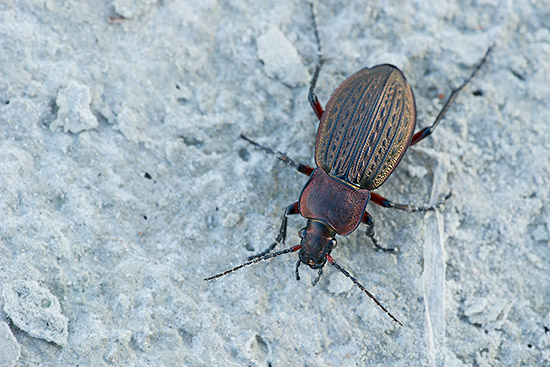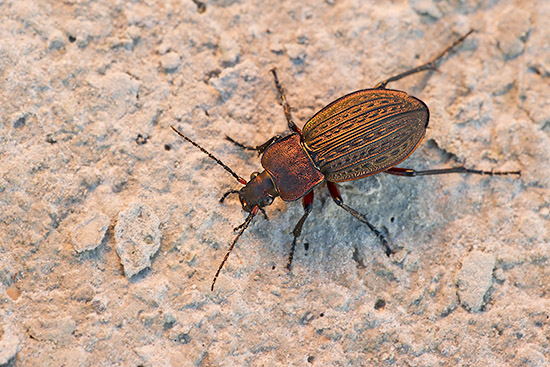On the 10th of April 2014, we had planned to search in the alkaline puszta for early spring beetles. For this purpose we visited Apaj Puszta, a part of the Park ‘Kiskunsag Nemzeti’. Our day turned out completely different than we had planned: temperature had dropped down to 6 °C and it was very windy. By noon the temperature had climbed up to 11°C but the wind had gained seriously in strength. The first thunders were heard and it soon started to rain cats and dogs. It was way too cold to find any of the Cicindela species I was looking for, they probably all hid in their burrows. I didn’t manage neither to localise any Dorcadion scopoli, another target species. We decided to bird a little bit in between the showers and species like Purple Heron, Great Egret, Spoonbills, two Dotterels, and large groups of Ruffs and Whimbrels were well appreciated.
During the late afternoon the sky turned spectacularly dark, which led to a really threatening atmosphere. It was time to take my camera and make some landscape pictures. Under here some first images I took around early afternoon. They show the typical alkaline vegetation and the vast, almost treeless plain of the steppe.
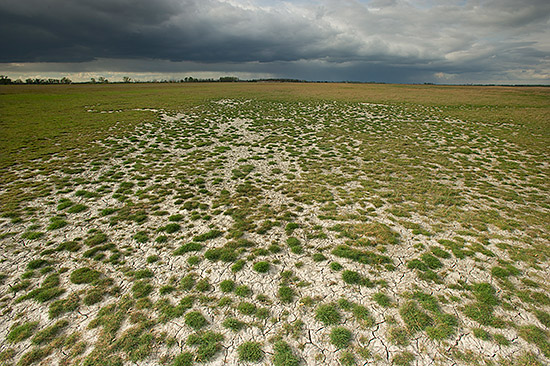
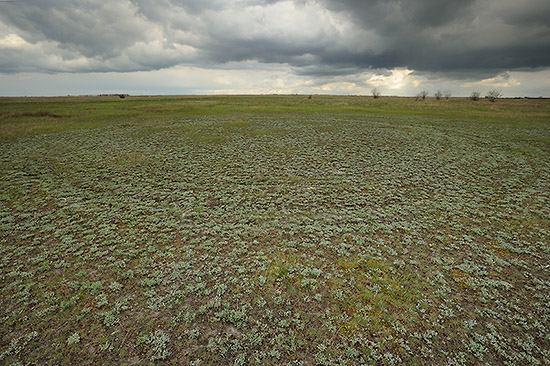
Kiskunsag Nemzeti Park holds the second biggest area of alkaline steppe in Hungary (Hortobagy being the biggest area).
Around five p.m. the sky turned almost black. Under here some impressions of the threatening skies. The second image shows the traditional well constructions, which are typical for the steppe.
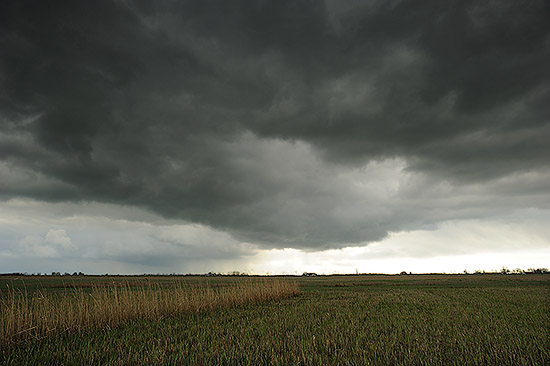
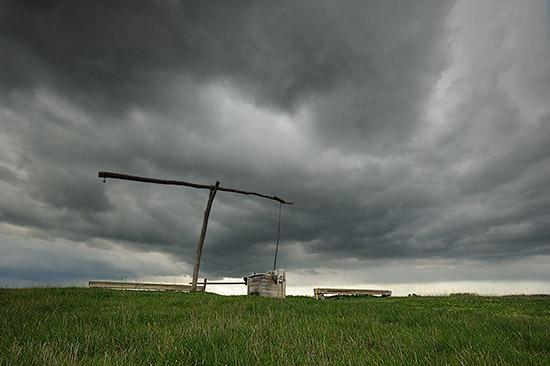
Well communication
Long before there were cell phones, shepherds on the puszta took advantage of the openness of the landscape for their communication. They used the puszta wells to keep each other informed. With the wooden pole and the bucket, they were able to send a wide array of messages, varying from the shepherding essentials to warnings for approaching meddlesome bureaucrats.
A little after I took these images it started to rain again severely. But I had noticed that the low evening sun was about to pierce through the clouds. So I decided not to flee to the car for shelter and hoped the rain wouldn’t last too long. Luckily I was right and I was soon rewarded with splendid evening light and a rainbow. Here are some images I took during these moments.
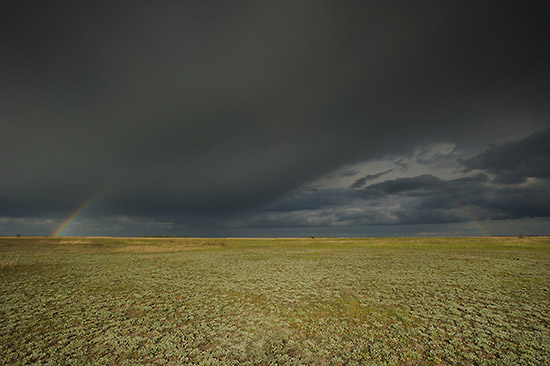
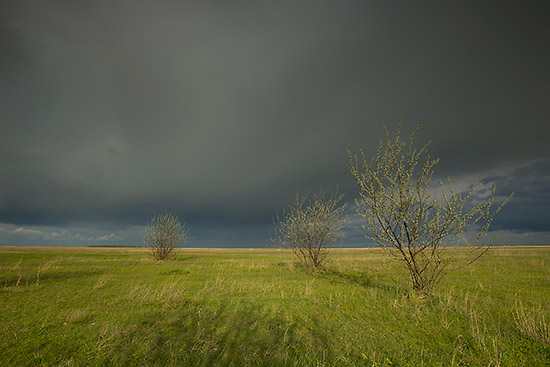
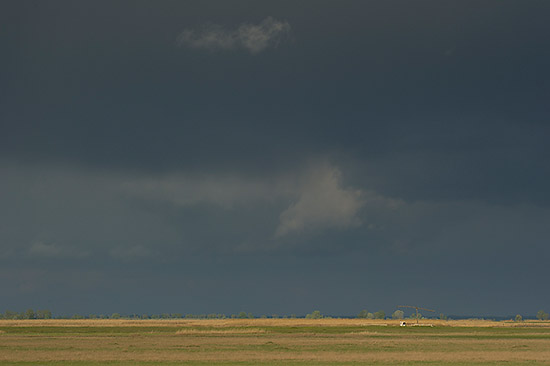
Finally it cleared up and I decided to take advantage of the last evening light to make some pictures of steppe ground beetles.
Under here an image of the cleared up evening sky above the puszta.
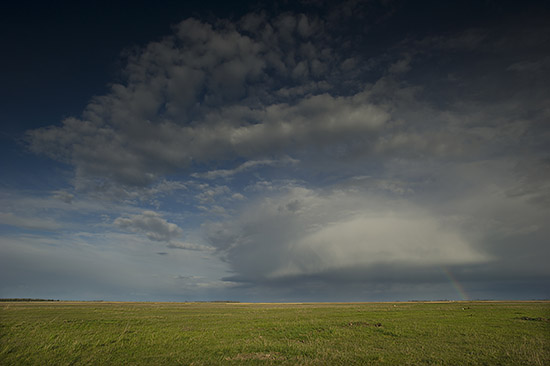
Calathus cinctus (two images under here), seemed to be quite numerous in the dry extensive fields and grasslands adjacent to the alkaline puszta. The species has a wide distribution across Europe but is restricted to nutrient poor soils.
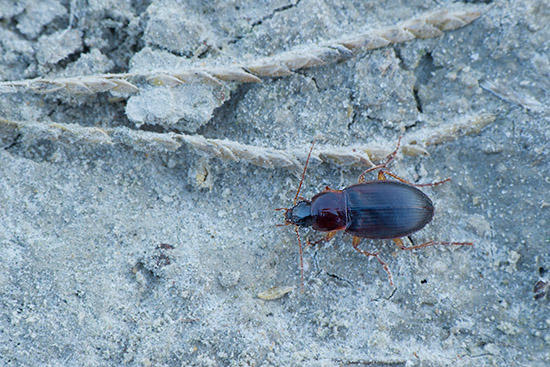
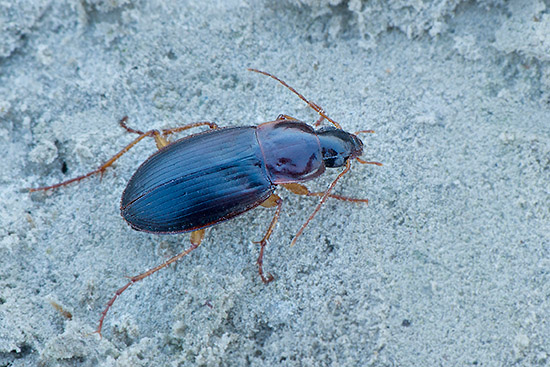
In the same area I found one specimen of Poecilus punctulatus (under here). This species is probably extinct now in Belgium and Holland. It is found on nutrient poor soils, in extensive grasslands and fields.
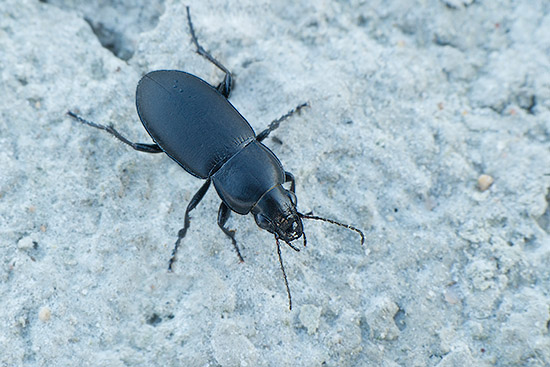
In a wet marshy area with reed vegetation I came across several specimens of Chlaenius spoliatus (two images under here). Most of the Chlaenius species are found in very wet and humid habitats, often along big rivers. This species, which I found previously along the Danube, also occurs in the wettest parts of the alkaline puszta.
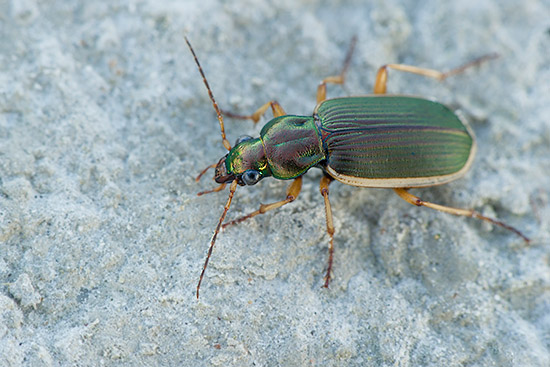
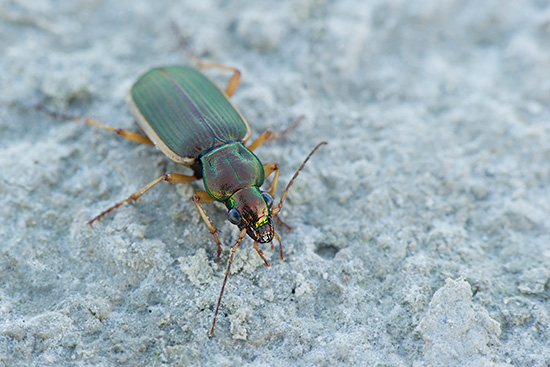
Much to my surprise I found a Carabus cancellatus in Apaj. The very open alkaline steppe wasn’t a place where I’d have expected any Carabus species at all! I knew Carabus cancellatus is a eurytopic species and it is known to occupy a wide variety of habitats, but I really didn’t expect to find it in the middle of the puszta. Under here, two images of a female Carabus cancellatus, both made in the last evening light. On the first image I dimmed the sun with a white umbrella. The second image was made in the last rays of sun. I took the image in backlight and used a reflector screen to lighten up the front details of the beetle.
